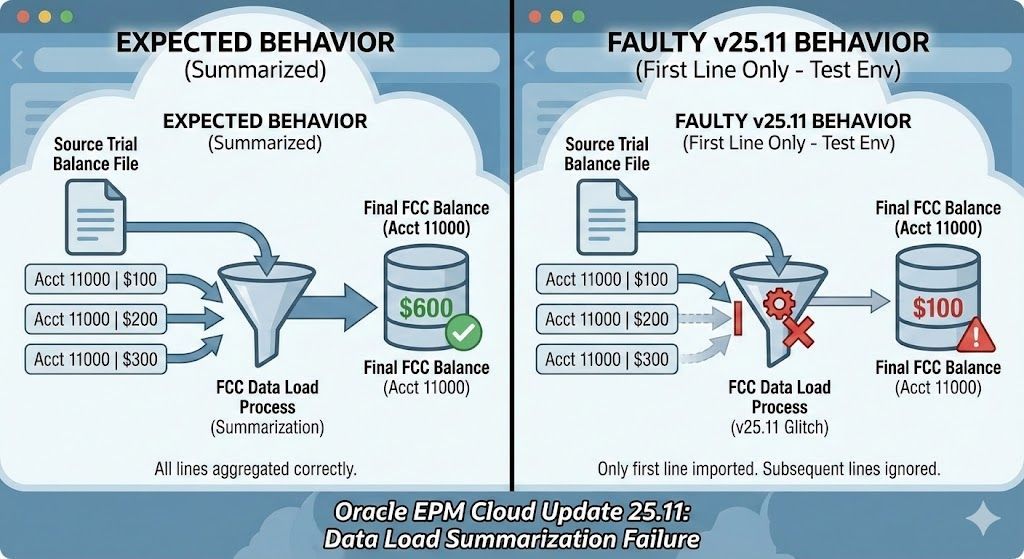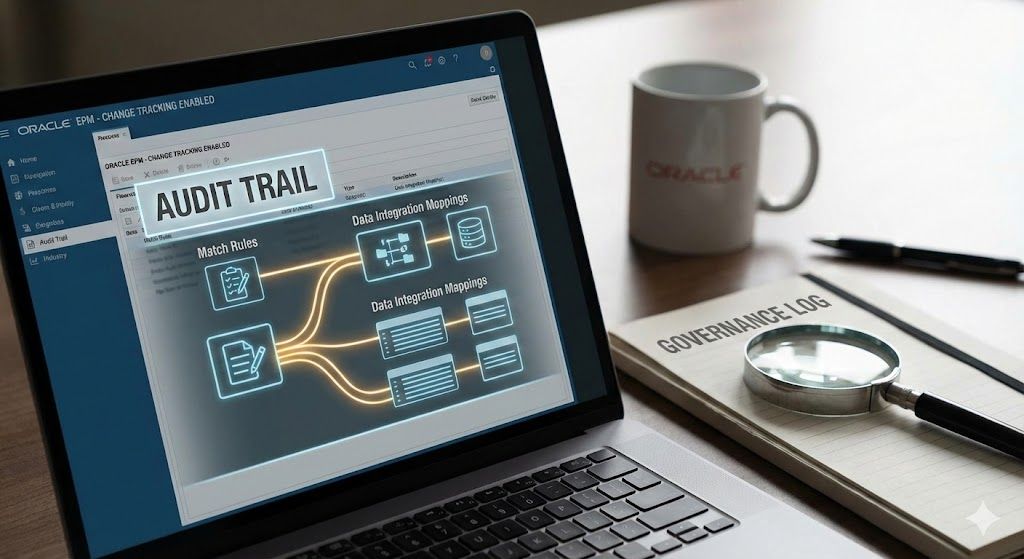Why "Best of Breed" Can Breed Chaos: The Power of Integrated Platforms
Nadia Lodroman | Oracle EPM Consultant | Integrity in Every Insight.
13 March 2025
Listen to Tresora and Ledgeron's chatting about this blog post:
Beyond Features: The Hidden Costs of Disconnected Software Systems

The allure of "best of breed" is undeniable. The promise of selecting the absolute top-performing software for each specific business function seems like a recipe for success. Why settle for a generalist when you can have a specialist? But, in the complex landscape of modern business, this seemingly logical approach often leads to a tangled web of disconnected systems, ultimately breeding chaos rather than efficiency.
The Illusion of Perfection
The initial appeal of best-of-breed solutions lies in their specialized features. You need a powerful CRM? Grab the industry leader. Top-notch accounting software? There's a niche product for that. However, the reality is that businesses don't operate in isolated silos. Every department and function is interconnected, and the seamless flow of information is crucial. This is where the cracks begin to appear.
The Integration Nightmare: A Web of Incompatibility
Integrating disparate systems is a monumental task. API limitations, compatibility issues, and the need for costly custom development quickly turn the dream of a perfectly tailored software stack into a logistical nightmare. Imagine your CRM failing to communicate with your ERP, leading to order fulfillment errors and frustrated customers. This is not a hypothetical scenario; it's a common reality for companies that prioritize best-of-breed over integration.
The hidden costs of integration extend beyond initial development. Ongoing maintenance, troubleshooting, and updates become a constant drain on resources, diverting valuable time and budget away from core business activities.
Data Reconciliation and Transformation: The Silent Time Killer
Data is the lifeblood of any organization. But when data resides in isolated silos, it becomes fragmented and inconsistent. Reporting inaccuracies, difficulty in gaining a holistic view of the business, and increased risk of errors and compliance issues are just a few of the consequences.
Manual data reconciliation and transformation become a necessary evil, consuming countless hours of employee time and effort. Integrated platforms, on the other hand, provide a single source of truth, ensuring data consistency and accuracy across the entire organization. This eliminates the need for manual intervention and empowers businesses with real-time insights for informed decision-making.
Economy of Scale: The Financial and Operational Advantages of Integration
Choosing an integrated platform unlocks significant cost savings and operational efficiencies. Reduced IT infrastructure and maintenance costs, simplified vendor management and licensing, and lower training costs due to a consistent user interface are just a few of the financial benefits.
Operationally, integrated platforms streamline workflows, automate manual tasks, and improve collaboration and communication. Real-time data access enables faster decision-making and empowers businesses to adapt quickly to changing market conditions. Furthermore, having a single vendor for the entire platform simplifies support, increases accountability, and creates a more streamlined relationship.
The Integrated Platform Advantage: A Holistic Approach
Integrated platforms offer a holistic approach to business management. They provide seamless data flow, real-time insights, improved efficiency, enhanced collaboration, and scalability to adapt to changing business needs. This unified approach allows for better business process automation and a uniform security model, reducing risks and improving overall operational integrity.
Tender Process Considerations: Key Questions to Ask Vendors
When evaluating software during a tender process, prioritize integration and data management. Ask vendors:
Integration:
- How seamless is data flow between modules?
- What APIs are available for integration with other systems?
- What data transformation tools are included?
Data Management:
- How does the platform ensure data consistency and accuracy?
- What reporting and analytics capabilities are provided?
- How is data security handled?
Economy of Scale:
- How does the pricing scale as the company grows?
- What are the support and training options?
- What is the vendors roadmap for future development?
Conclusion: Choosing the Path to Long-Term Success
While the allure of "best of breed" is strong, the reality is that it often leads to a fragmented and inefficient software ecosystem. Integrated platforms offer a unified approach to business management, providing seamless data flow, real-time insights, and significant cost savings.
In today's fast-paced and competitive business environment, prioritizing integration and data management is crucial for long-term success. Don't let the promise of "best of breed" breed chaos in your organization. Choose the path to efficiency, scalability, and data harmony by embracing the power of integrated platforms.
Ready to experience the benefits of a unified software ecosystem? Contact us today for a consultation.
Turning financial complexity into operational clarity. Because in Finance, Integrity is Permanent.






